Unlocking Homeownership in 2025: Your Guide to No Down Payment Loans
Introduction
Homeownership has long been a cornerstone of the American Dream. However, for many potential buyers, the challenge of saving for a substantial down payment often feels insurmountable. As we look toward 2025, the landscape of home financing is evolving, presenting new opportunities for aspiring homeowners. One of the most promising developments is the availability of no down payment loans. This article serves as your comprehensive guide to understanding these loans, their benefits, eligibility criteria, and how you can unlock homeownership without the burden of a hefty upfront cost.
Understanding No Down Payment Loans
No down payment loans are financial products that allow homebuyers to purchase a property without the need to provide an upfront down payment. Traditionally, homebuyers were expected to put down 20% of the purchase price to secure favorable loan terms and avoid private mortgage insurance (PMI). However, the rise of no down payment options has made homeownership more accessible, particularly for first-time buyers and those with limited savings.
Types of No Down Payment Loans
As we approach 2025, several types of no down payment loans are available to potential homeowners. Understanding these options is crucial in determining which one may be the best fit for you:
1. VA Loans
Backed by the U.S. Department of Veterans Affairs, VA loans are designed for eligible veterans, active-duty service members, and certain members of the National Guard and Reserves. One of the most significant benefits of VA loans is that they require no down payment and do not impose PMI. Additionally, VA loans often come with competitive interest rates, making them an attractive option for those who qualify.
2. USDA Loans
USDA loans, or United States Department of Agriculture loans, are intended to promote homeownership in rural and suburban areas. These loans typically require no down payment for eligible applicants, provided they meet specific income limits and property location requirements. USDA loans also feature low mortgage insurance premiums, making them an excellent choice for those looking to buy in eligible areas.
3. FHA Loans with Down Payment Assistance
While FHA loans typically require a minimum down payment of 3.5%, many states and local governments offer down payment assistance programs that can cover the required amount. This effectively allows some borrowers to secure an FHA loan with a zero down payment. FHA loans are particularly beneficial for those with lower credit scores, as they have more lenient qualification criteria compared to conventional loans.
4. Conventional Loans with No Down Payment Options
Some conventional loan programs also offer no down payment options, particularly for first-time homebuyers or those who meet specific income criteria. These loans may come with stricter credit requirements and higher interest rates, so it's essential to shop around and understand the terms before proceeding.
Benefits of No Down Payment Loans
No down payment loans come with several advantages that make them appealing to potential homeowners:
1. Increased Accessibility
Perhaps the most significant benefit is the increased accessibility to homeownership for individuals and families who may struggle to save for a traditional down payment. This is especially critical in high-cost housing markets, where accumulating a 20% down payment can take years or even decades.
2. Preserving Savings
By eliminating the need for a down payment, you can preserve your savings for other essential expenses such as closing costs, moving expenses, and home improvements. Having liquidity can provide a financial cushion as you transition into homeownership.
3. Competitive Interest Rates
Many no down payment loans, particularly VA and USDA loans, come with competitive interest rates. This can result in lower monthly payments and significant savings over the life of the loan.
4. Encouragement of Homeownership
No down payment loans can stimulate the housing market by encouraging more individuals to become homeowners. This not only benefits buyers but also contributes to community stability and growth.
Eligibility Criteria for No Down Payment Loans
While no down payment loans make homeownership more attainable, they still come with specific eligibility criteria. Understanding these requirements will help you determine your likelihood of qualifying for such a loan:
1. Credit Score
Most lenders will require a minimum credit score to qualify for no down payment loans. Generally, VA loans have flexible credit score requirements, while USDA loans may require a score of at least 640. FHA loans may be accessible with scores as low as 580, depending on the lender.
2. Income Limits
For USDA loans, applicants must meet specific income limits based on the county in which they are purchasing a home. These limits vary but typically cap at 115% of the median income for the area. VA loans do not have income limits, but lenders may evaluate your income-to-debt ratio.
3. Property Eligibility
Not all properties qualify for no down payment loans. For example, USDA loans are limited to properties in designated rural areas, while VA loans require that the property be your primary residence. It's essential to verify the property's eligibility before proceeding with a loan application.
4. Employment History
Lenders will also consider your employment history and stability. Generally, a consistent work history of at least two years in the same field is preferred. Gaps in employment may raise red flags for lenders.
Preparing for a No Down Payment Loan Application
Before you begin the application process for a no down payment loan, preparation is key. Follow these steps to ensure you are ready:
1. Assess Your Financial Situation
Take a close look at your finances, including your credit score, monthly income, and existing debts. This assessment will help you understand your financial standing and provide a clearer picture of what you can afford.
2. Research Loan Options
Explore the different types of no down payment loans available. Consider factors such as eligibility requirements, interest rates, and loan terms. It may be beneficial to consult with a mortgage broker who can help you navigate these options.
3. Gather Necessary Documentation
To expedite the application process, gather all necessary documentation, including proof of income, tax returns, bank statements, and employment verification. This will help streamline your application and avoid delays.
4. Get Pre-Approved
Obtaining pre-approval from a lender can give you a better understanding of how much you can borrow and what your monthly payments will be. Pre-approval also demonstrates to sellers that you are a serious buyer, giving you a competitive edge in the housing market.
Finding the Right Lender
Once you are prepared to apply for a no down payment loan, finding the right lender is crucial. Consider the following tips:
1. Compare Lenders
Don’t settle for the first lender you find. Shop around and compare rates, fees, and customer reviews. A lender with a solid reputation and competitive terms can make a significant difference in your homebuying experience.
2. Ask About Fees
Inquire about any fees associated with the loan, including closing costs, origination fees, and mortgage insurance premiums. Understanding the total cost of borrowing will help you make an informed decision.
3. Read the Fine Print
Before signing any loan documents, carefully review the terms and conditions. Pay attention to interest rates, loan duration, and any penalties for early repayment. If you have questions, don’t hesitate to ask your lender for clarification.
Overcoming Challenges
While no down payment loans offer significant advantages, prospective buyers may encounter challenges along the way. Here are some common hurdles and how to overcome them:
1. Limited Property Inventory
In some markets, the inventory of homes available for sale may be limited, particularly in desirable neighborhoods. Work with a knowledgeable real estate agent who can help you find listings that meet your criteria and are within your budget.
2. Competition from Other Buyers
As more buyers seek no down payment options, competition for homes may increase. To enhance your chances of securing a property, be prepared to act quickly when you find a home you like. Consider making a competitive offer and being flexible with closing dates when possible.
3. Additional Costs
While no down payment loans eliminate the need for a down payment, buyers should be aware of other costs associated with homeownership, including closing costs, property taxes, homeowners insurance, and maintenance expenses. Budgeting for these costs ahead of time can help you avoid financial strain.
Conclusion
As we approach 2025, the prospect of homeownership is becoming more attainable for many through innovative no down payment loan options. By understanding the various types of loans available, preparing for the application process, and finding the right lender, you can unlock the door to your new home without the burden of a down payment. While challenges may arise, being informed and proactive will empower you to navigate the homebuying journey successfully. The dream of homeownership is within reach—take the first step today!
Explore
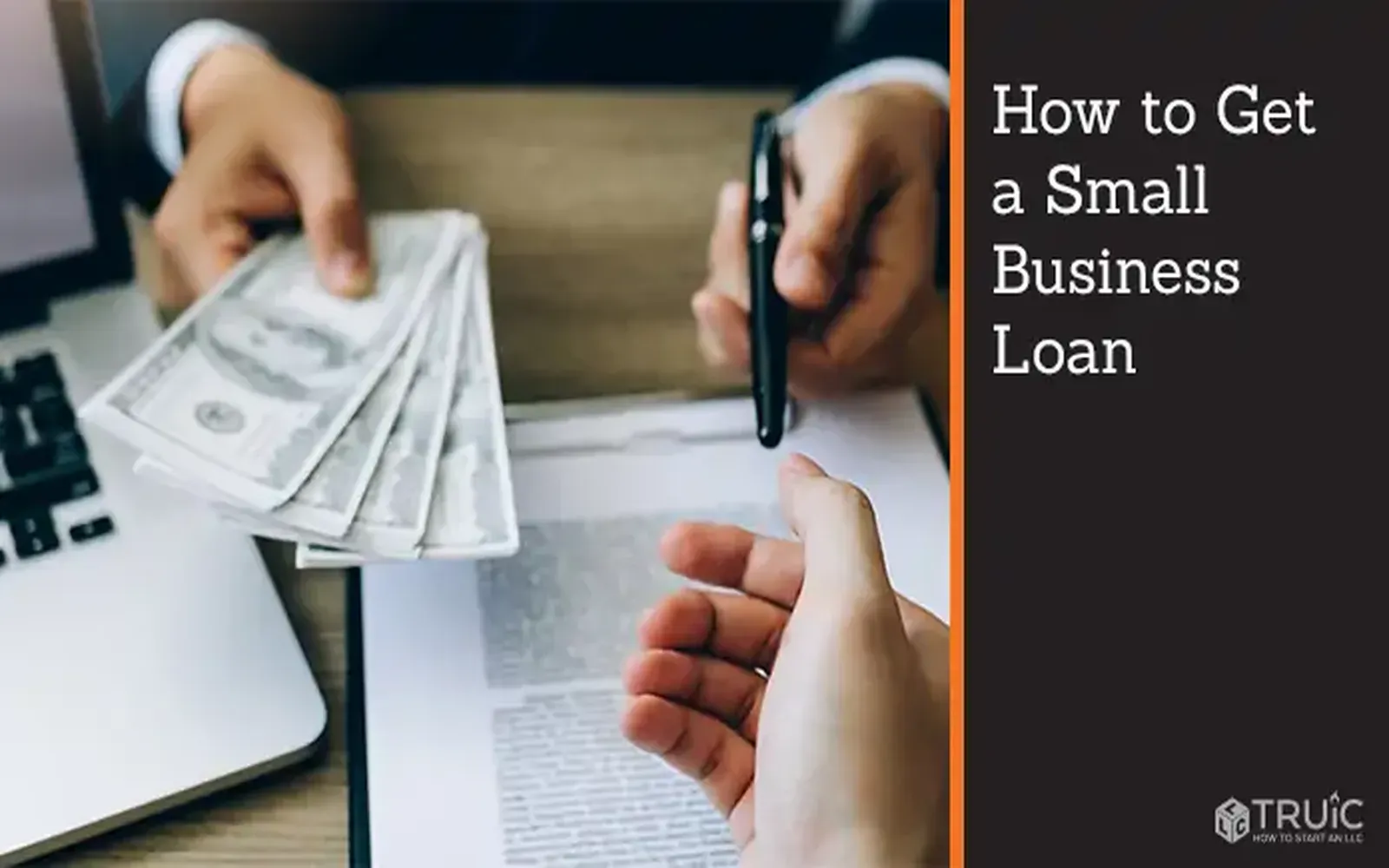
Unlocking Growth: The Ultimate Guide to Small Business Loans in 2025

Navigating Medical Loans in 2025: A Comprehensive Guide to Financing Your Healthcare Needs
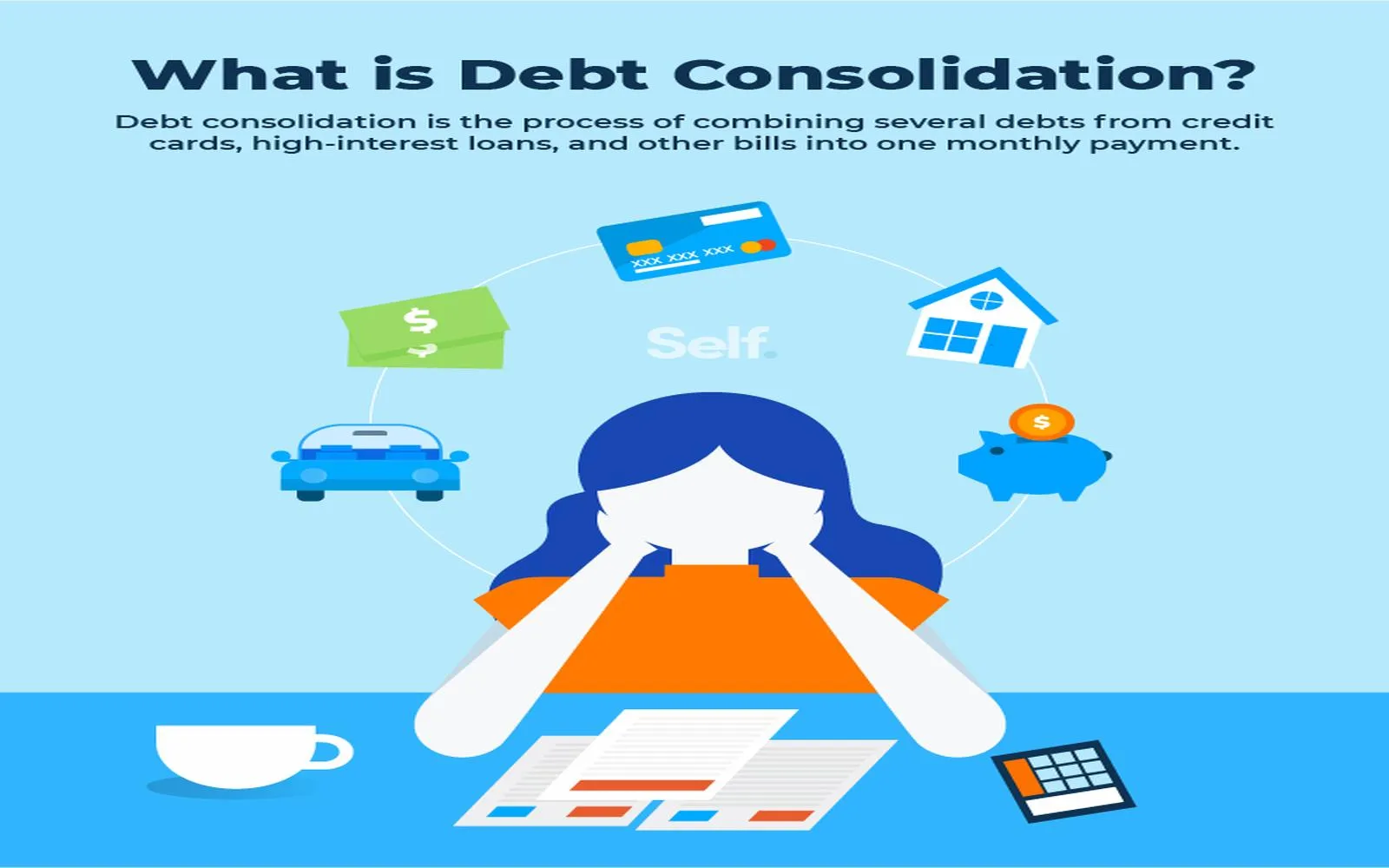
2025 Guide to Personal Loans for Debt Consolidation: Smart Strategies for Financial Freedom
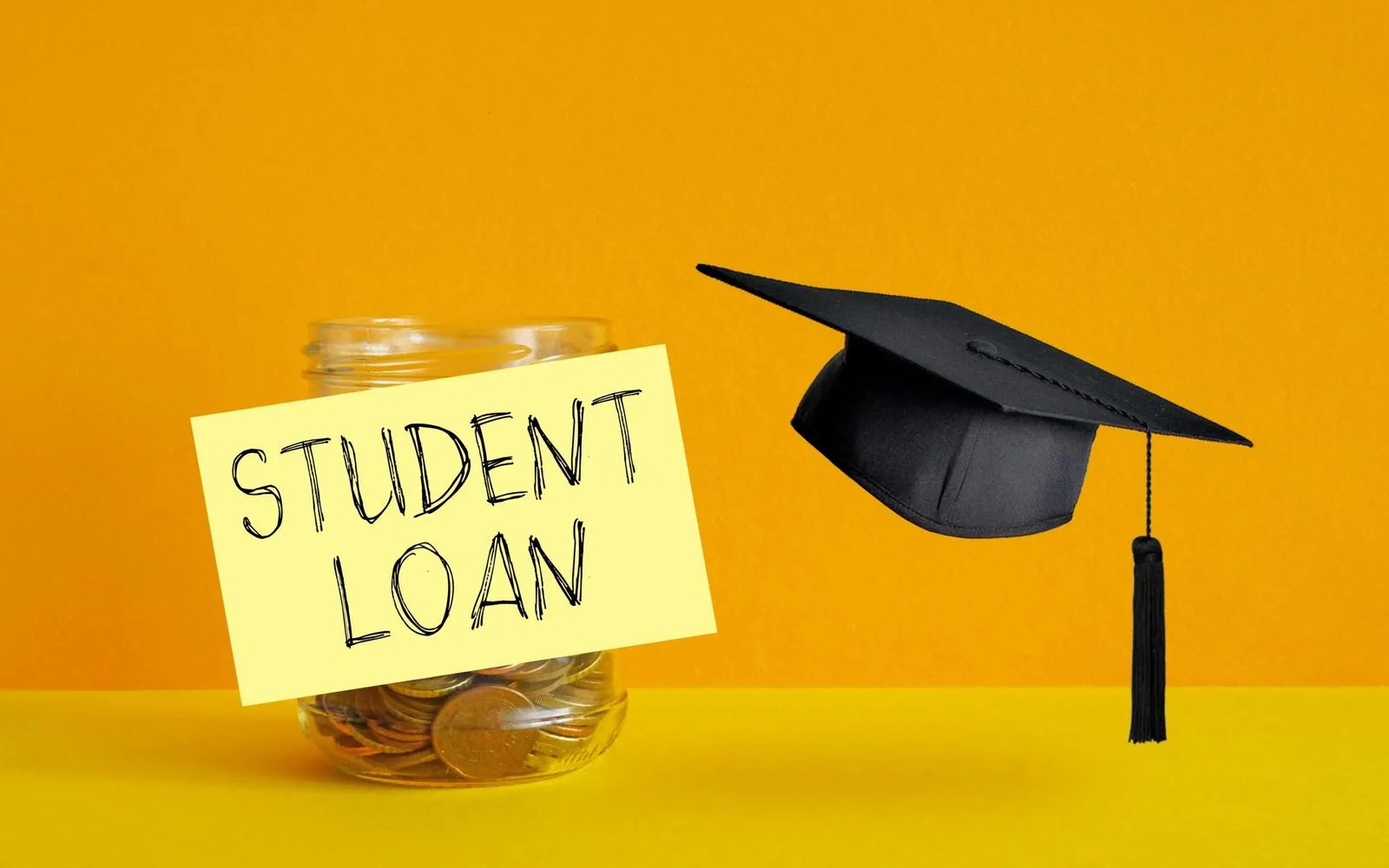
Navigating Student Loans in 2025: Essential Tips for Future Borrowers
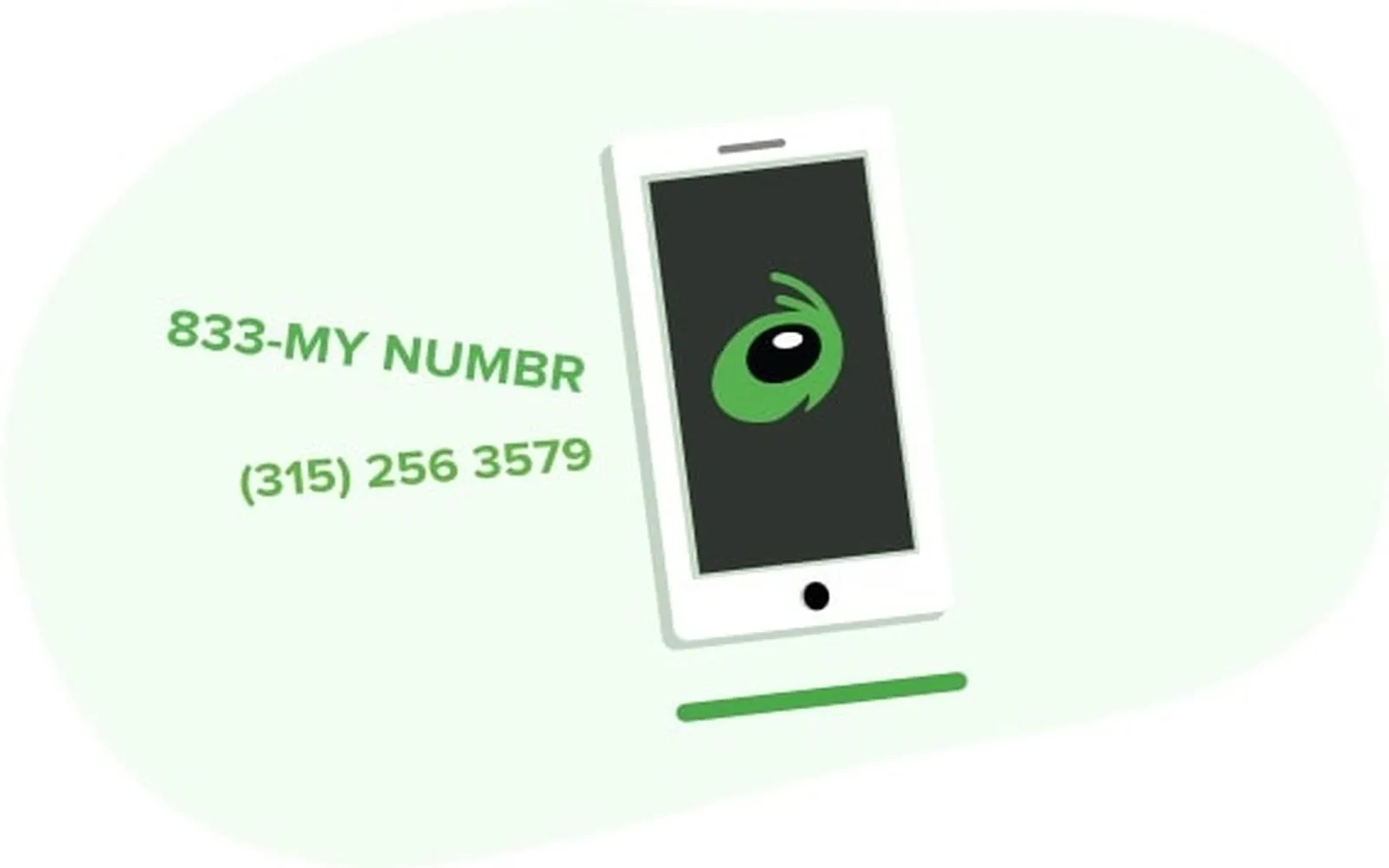
Unlocking Communication: The Future of FreedomVoice Phones in 2025
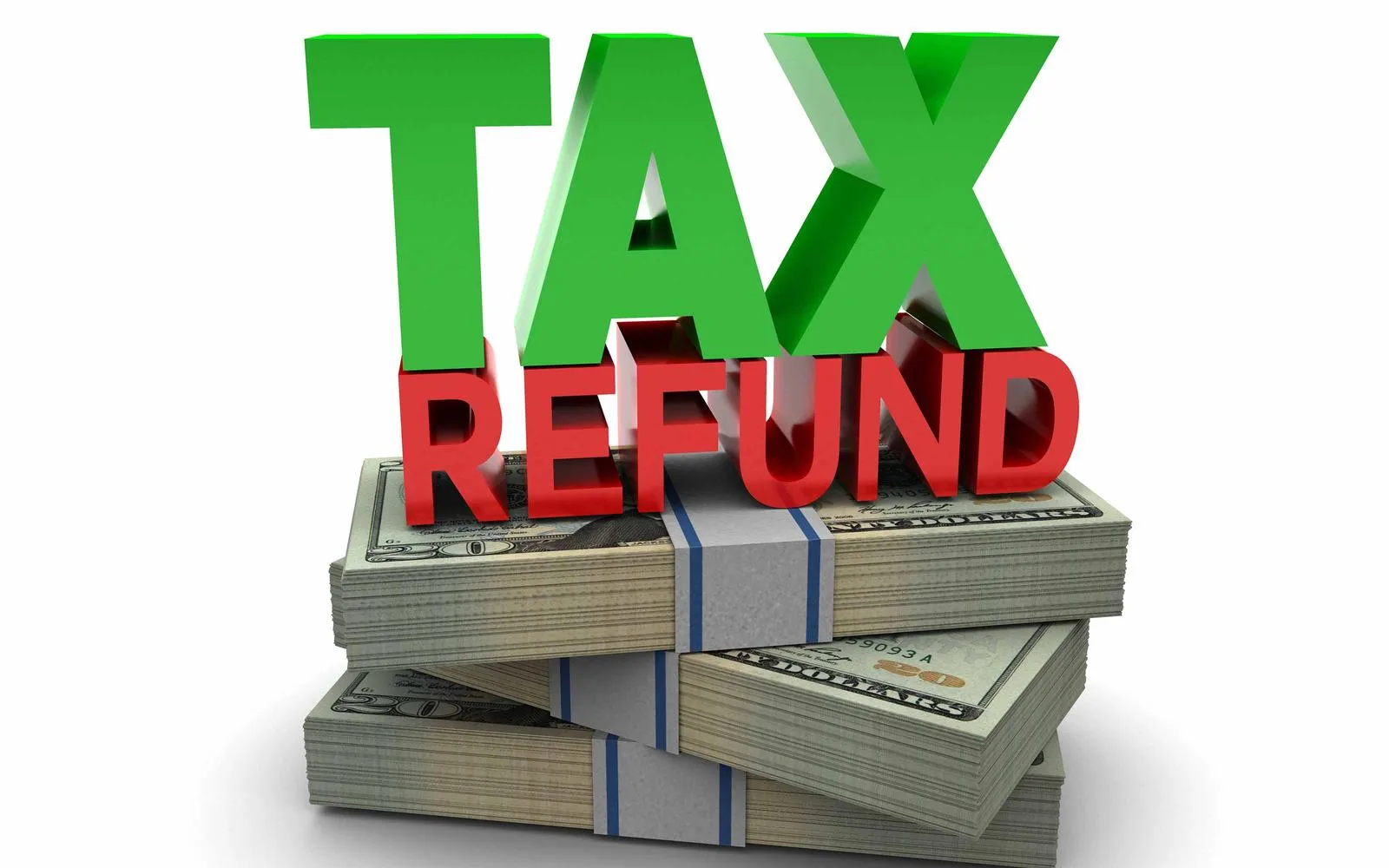
Maximizing Your Tax Return: A Guide to Boosting Your Refund

Tax Debt Relief Service: A Comprehensive Guide to Managing Your Tax Debt

The Best Financial Advisors of 2025: Your Guide to Smart Financial Planning
